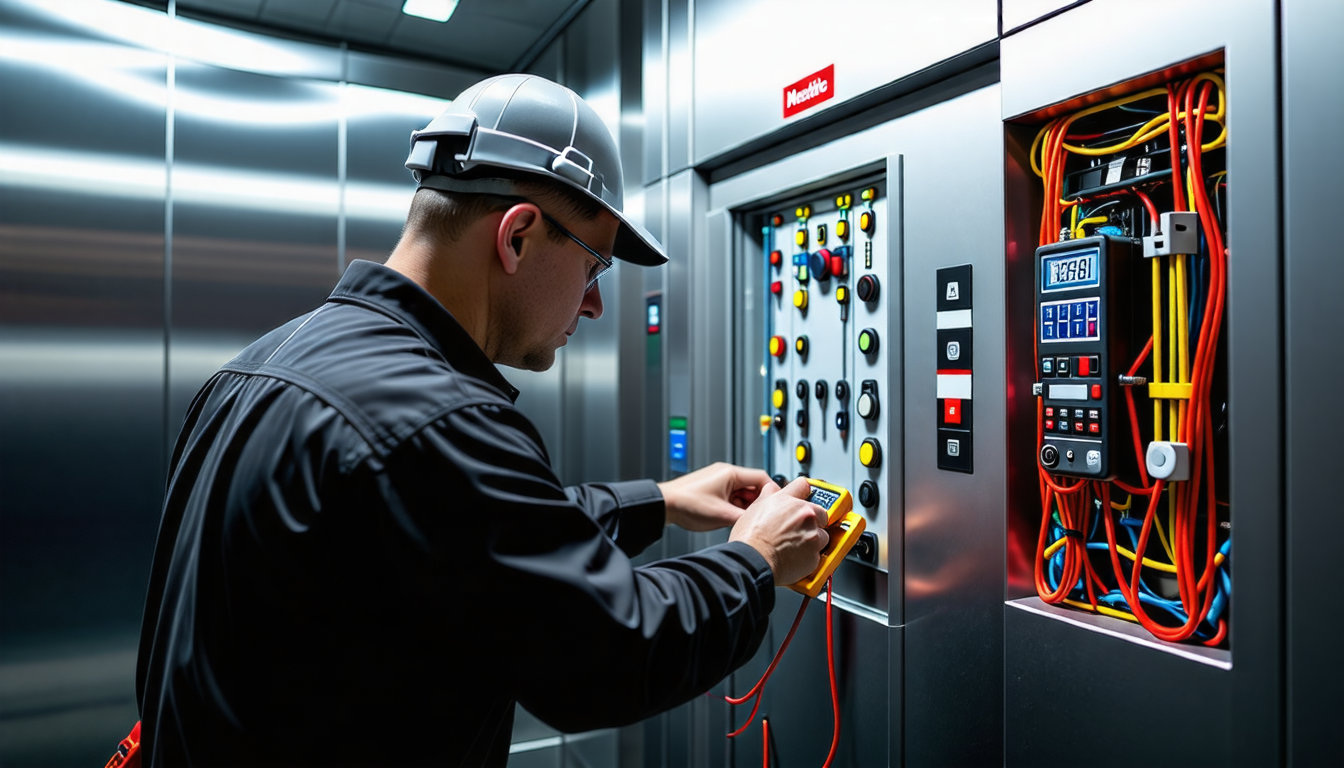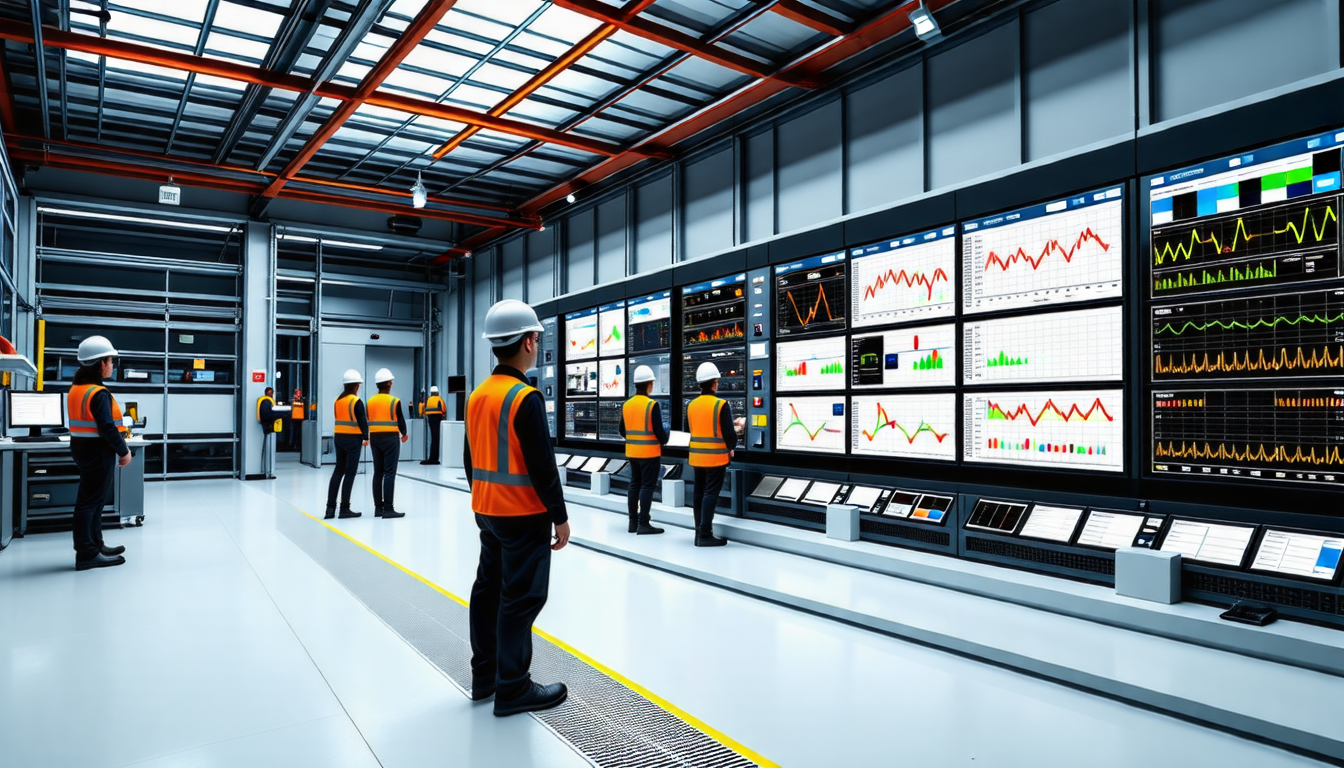|
IN BRIEF
|
Maintaining a Mitsubishi Electric elevator is essential for ensuring its longevity, safety, and optimal performance. Regular maintenance not only prevents unforeseen malfunctions but also extends the lifespan of the elevator, typically designed to last over 30 years. One of the key aspects of effective maintenance involves implementing a robust Preventative Maintenance Program, tailored to address specific operational needs. Such a program encompasses scheduled inspections, timely repairs, and adherence to manufacturer guidelines to minimize callbacks, which average less than one per unit per year. Additionally, utilizing the latest IoT technology for global remote maintenance can significantly enhance the efficiency of service management. Following a detailed maintenance checklist ensures that all components, from hydraulic systems to safety devices, are functioning correctly, thereby promoting uninterrupted service and occupant safety.

Maintaining a Mitsubishi Electric elevator requires a strategic approach, combining routine inspections, proactive repairs, and a solid understanding of the system’s intricacies. This article outlines essential practices that ensure your elevator operates efficiently and safely.
Understanding Mitsubishi Electric Systems
Mitsubishi Electric elevators are known for their longevity and reliability. Designed to last over 30 years, these systems utilize advanced technologies that minimize the need for frequent repairs and service calls. The average callback rate of less than one per unit per year attests to their robust engineering. Familiarizing yourself with Mitsubishi Electric systems is crucial for identifying what maintenance tasks are necessary.
Implementing a Preventative Maintenance Program
One of the most effective strategies for maintaining a Mitsubishi Electric elevator is to implement a Preventative Maintenance Program. This program should be customized to fit the specific needs of your elevator system, allowing you to address maintenance tasks before they escalate into major issues. Within this program, consider scheduling regular inspections that cover all essential components, including the control systems, motors, and safety devices.
Regular Inspections and Checks
Conducting regular inspections is vital for early detection of potential issues. Each inspection should include checks on the mechanical components, electrical connections, and safety systems. Pay close attention to the Mitsubishi Emergency Landing Device (MELD) as it is particularly important for ensuring passenger safety in unexpected situations. Document all findings and follow up with any necessary repairs promptly.
Utilizing Remote Maintenance Technology
The integration of IoT technology enables remote maintenance monitoring. Mitsubishi Electric offers global remote maintenance services, allowing technicians to assess elevator performance in real-time. By utilizing this technology, you can receive immediate alerts for any anomalies, reducing the risk of unexpected downtime. This proactive approach ultimately extends the life of the elevator while enhancing safety measures.
Maintaining the Control System
The control system is the brain of the elevator, coordinating its operation and ensuring smooth performance. Regularly inspect the control panels for any signs of wear or malfunction. Ensure that all software updates are applied and that any necessary recalibrations are performed. Regular maintenance of the control system minimizes the risk of operational failure and enhances overall elevator performance.
Cleaning and Lubrication Procedures
Maintaining cleanliness in and around the elevator is crucial for proper functioning. Regularly clean the elevator shaft, components, and control panels to prevent dust and debris accumulation. Equally important is proper lubrication of moving parts, such as pulleys and gears. Following the manufacturer’s recommendations for lubrication will help in minimizing friction and wear, providing a quieter operation and extending the lifecycle of the equipment.
Adhering to Safety Standards
Elevator safety cannot be overemphasized. Regularly review and adhere to local and national safety standards that govern elevator operation and maintenance. This includes conducting safety tests and assessments to ensure that all safety devices function correctly. Training maintenance staff on these standards is essential to preventing accidents and ensuring compliance.
Documenting Maintenance Activities
Always document all maintenance activities performed on the elevator. This comprehensive logbook not only serves as a reference for tracking the history of repairs and upgrades but also assists in identifying patterns that might indicate trends or recurring issues. Such documentation aids in maintaining compliance with regulatory requirements and can enhance communication with Mitsubishi service technicians.
Training and Certification for Maintenance Technicians
Proper training for your maintenance technicians is essential to the effective upkeep of Mitsubishi Electric elevators. Technicians should be familiar with the unique specifications and intricacies of Mitsubishi systems. Encourage them to pursue relevant certifications that deepen their knowledge and skills. Well-trained technicians can offer better service, reducing the risks of errors during maintenance tasks.
Regular Communication with Mitsubishi Electric
Maintain regular communication with Mitsubishi Electric for updates and assistance. Utilizing their resources, including instruction manuals and maintenance documentation, can provide further insights into efficient maintenance practices. The company also offers dedicated service technicians ready to assist with any advanced troubleshooting or technical inquiries. Establishing this line of communication allows for timely intervention when severe issues arise.
Considering Modernization Opportunities
Modernizing your elevator system as needed can enhance performance, safety, and functionality. Mitsubishi Electric offers various upgrades that can be integrated into existing systems, thus improving energy efficiency and reducing service costs. Discuss with a Mitsubishi representative to explore tailored modernization options that fit your elevator’s specific needs.
Establishing a Maintenance Schedule
Creating a comprehensive maintenance schedule is vital for the ongoing upkeep of Mitsubishi Electric elevators. This schedule should include daily, monthly, quarterly, and yearly tasks that encompass all aspects of elevator maintenance. Clearly outline responsibilities to ensure every team member understands their role in maintaining elevator safety and efficiency.
Utilizing Additional Resources
Mitsubishi Electric provides various resources that can assist you in maintaining your elevators effectively. This includes access to their digital platforms and guidelines on advanced procedures. You can explore the importance of safety measures for industrial systems through additional information at this link. Familiarizing yourself with these resources will enhance your understanding and management of elevator systems.
Conclusion on Maintenance Commitment
While the maintenance of Mitsubishi Electric elevators presents unique challenges, adhering to these outlined practices ensures optimal performance and longevity. The key lies in a consistent commitment to preventive measures, regular communication with experts, and a thorough understanding of the technology behind Mitsubishi Electric systems. This diligent approach not only enhances safety but also promotes operational efficiency.
This commitment to maintenance will ultimately provide users with a reliable vertical transportation system, ensuring passengers’ safety and satisfaction. With Mitsubishi Electric’s reputation for quality, coupled with effective maintenance practices, building owners and property managers can rest assured of their elevator system’s performance and reliability.
To effectively maintain a Mitsubishi Electric elevator, it is crucial to follow a structured approach that prioritizes safety and performance. Begin by establishing a comprehensive maintenance schedule that includes routine inspections and necessary repairs. Utilize the manufacturer’s instruction manuals for specific guidelines tailored to your elevator model. Regularly check system components, including the Mitsubishi Emergency Landing Device (MELD), to ensure they are functioning correctly. Implement a preventative maintenance program to reduce the likelihood of malfunctions and extend the lifespan of the elevator. By adhering to these practices, building owners can ensure their Mitsubishi Electric elevator operates smoothly and efficiently for years to come.

